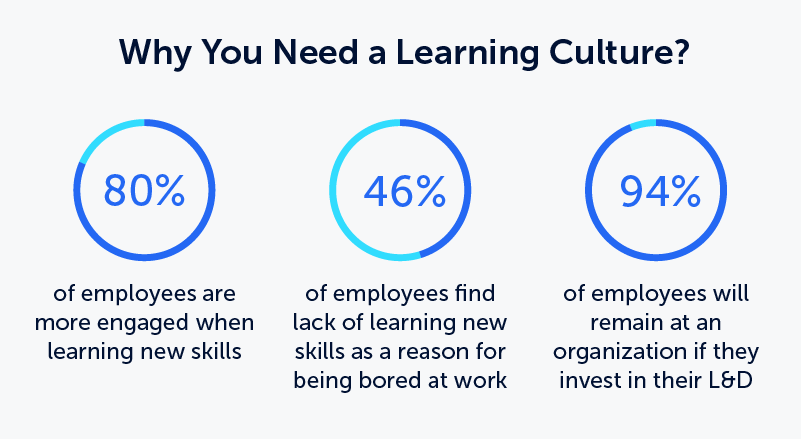Builds and Manages Competencies for the Organisation
L&D should be a seamless and stress-free experience. This function builds and manages competencies for the organisation. At TMTR, we promise to support your L&D team with everything from documentation, reviewing processes, managing feedbacks/ attendance, charting training calendars to building SMEs. We could function as both your back office and your front office.

Key components of your learning ecosystem

The employee learning experience can be defined by five key components of the broader ecosystem:
People
Ultimately, the people learning are the most crucial element of your ecosystem. They are the primary beneficiaries and who the whole system should be built around.Utilizing a thriving learning ecosystem helps organizations generate more value from their employees. This could materialize via more efficient workflows, improved products, better customer experiences, or other business benefits
Content
L&D teams spend much of their time creating, evaluating, and adjusting the content for formal training courses. This could include:
- Course structures
- Slide presentations
- Training manuals
- Guides
- Video courses
- Learning based games
- FAQs
- Interactive content
- Assessment strategies
Technology
In recent years, technology has seen tremendous growth across many sectors. This includes L&D, with new technologies now playing a massive role within the learning ecosystem, helping people develop new training content, deliver it in more innovative methods, and collect feedback and data that can improve big-picture L&D strategy.
Learning culture
While perhaps harder to define than other components, learning culture sets the tone for the rest of the ecosystem. It shows people how to act and lets them know what to expect when it comes to L&D at a particular organization.The best learning cultures drive engagement, promote continuous learning, and help employees interact with learning ecosystem components regardless of how they want to develop themselves.
Strategy
While leadership significantly affects the four previous components, they are also the result of factors out of their control. However, an organization can entirely define its’ strategy and where they choose to focus employee development.L&D requires an overall objective and strategy that informs all future decisions. Organizations can try orienting their learning ecosystem to work towards their strategic end goals. However, without a guiding plan in place, learning ecosystems fail to improve the L&D experience of employees, leading to wasted spending and little value produced.
Why you need a learning ecosystem


